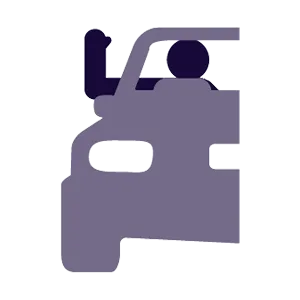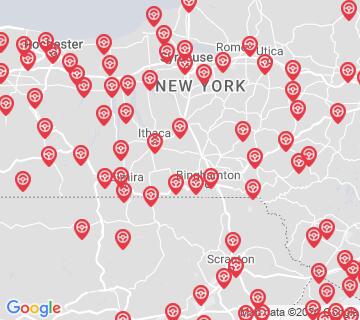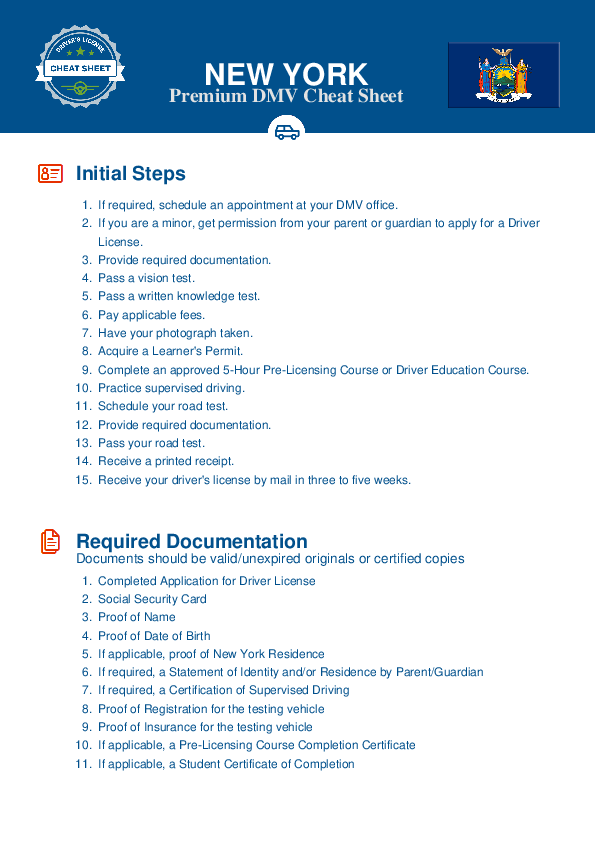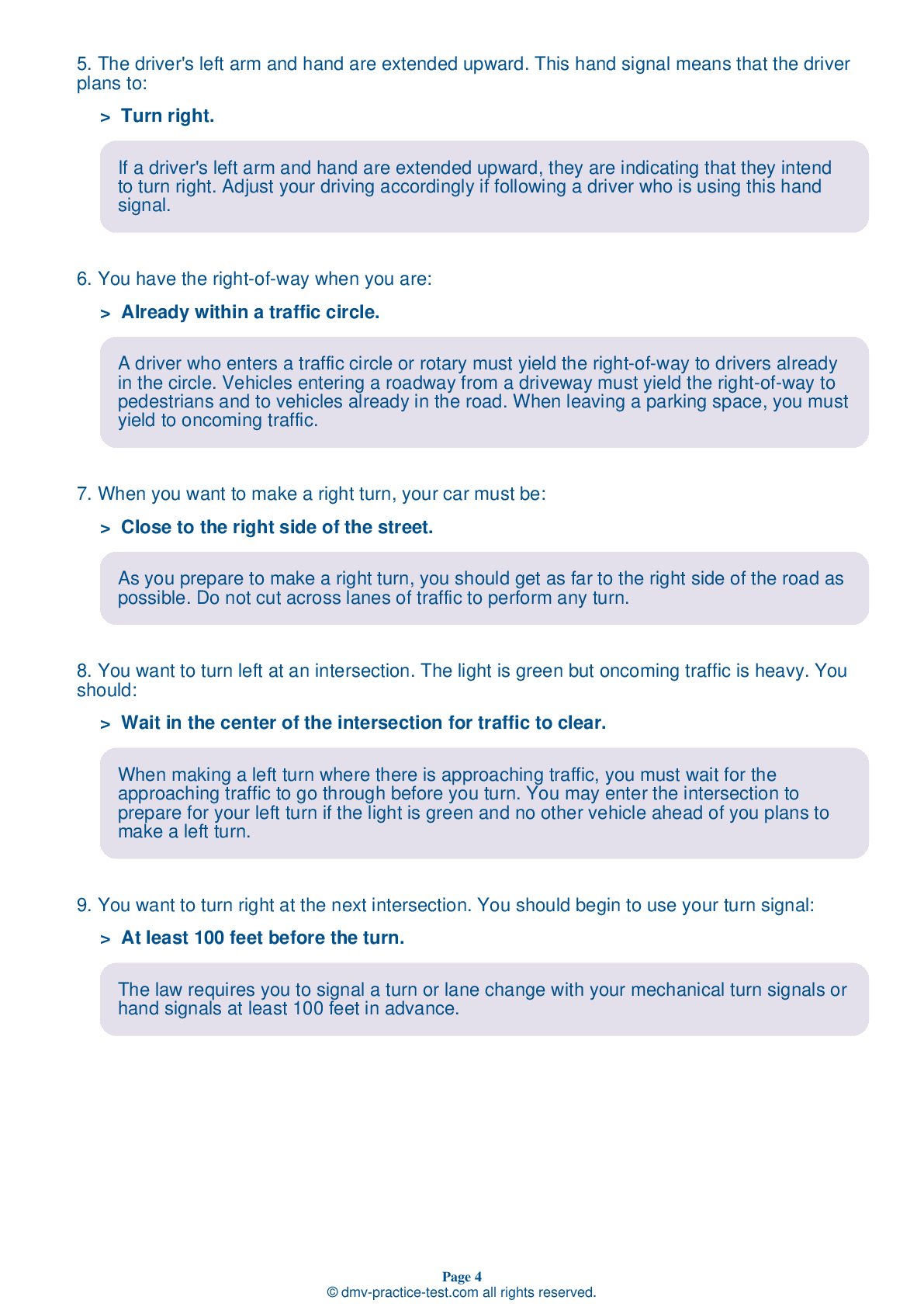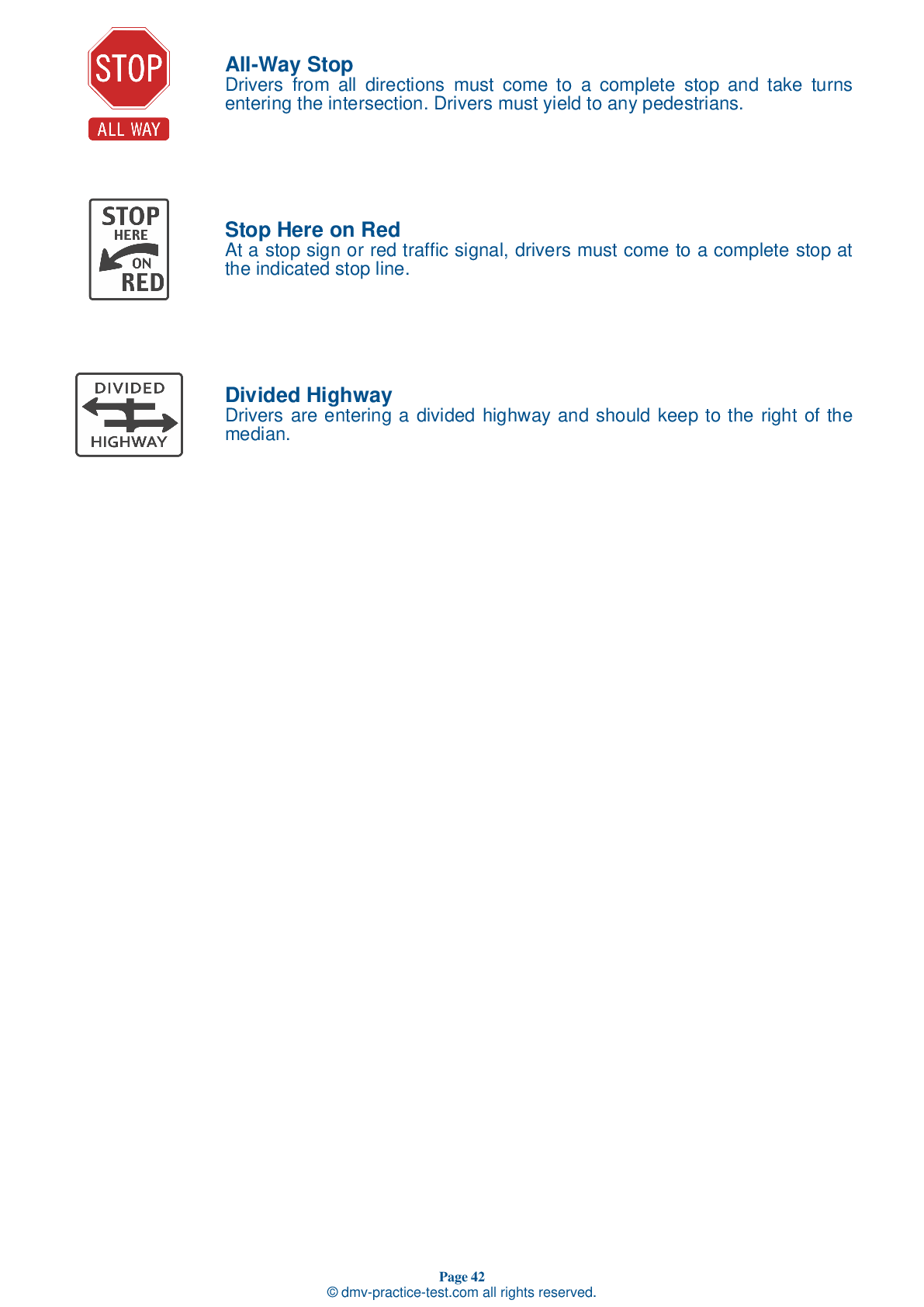FREE New York DMV Practice Test #23 Page 2 of 3
New York's DMV practise examinations have been revised for January 2025. It includes questions based on the New York Driver Handbook's most significant traffic signals and legislation for 2025. Use actual questions that are very similar (often identical!) to the DMV driving permit test and driver's licence exam to study for the DMV driving permit test and driver's licence exam.
On the practise exam, each question gets a tip and explanation to help you remember the concepts. The written component of the official New York DMV test will feature questions about traffic rules, traffic signs, and driving statutes, as well as knowledge from the Driver Handbook.
To obtain a passing grade, you must correctly answer 14 of the 20 questions. Take this practise test from the New York Department of Motor Vehicles to help you prepare for your instruction permit or driver's licence.
The DMV exam is available in several languages.
Using any kind of testing assistance will result in an automatic fail, and the DMV may take additional action against your driver's licence, so stay away from it.
8 . A solid white line down the center of a two-lane road indicates:
White lines are used to separate traffic moving in the same direction. Solid lines indicate that drivers are not permitted to pass.
9 . What should you do if your vehicle’s right wheels leave the pavement?
If your vehicle’s right wheels leave the pavement, don't panic. Take your foot off the accelerator and steer parallel to the road. Slow down and ease back onto the roadway by keeping both hands on the steering wheel and steering into the road’s right lane with a small turn of the steering wheel. Check for traffic around you before steering back onto the pavement.
10 . The driver's left arm and hand are extended upward. This hand signal means that the driver plans to:
